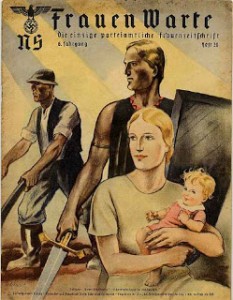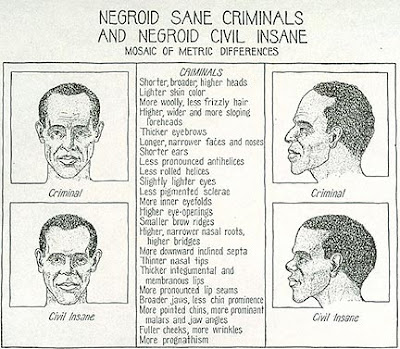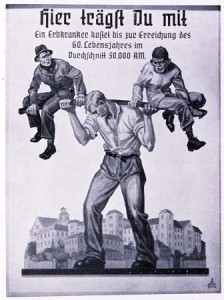This photo depicts a Soviet child sleeping under a communist flag. The rough translation of the caption of this photo is “Grow, heroes! You will save the Soviet Army.” This pro-Natalist propoganda was distributed in Russia after World War II. The population of Russia had significantly declined after the war, and Russia wanted to increase their population. Although this piece of propaganda did not come about until after the Interwar Period, it connects to the thoughts of the Soviet Union during the Interwar Period.
In the reading Revolution and the Family by Wendy Goldman, there is a focus on the children, women, and the Pro-Natalist movement in the Soviet Union during the Interwar Period. The government was very concerned with the decreasing birthrates and lack of potential productive members of society. In order to attempt to increase the Soviet population, the Soviet Central Executive Committee and Sovnarkom outlawed abortion. To deter illegal abortions, there were heavy fines and prison sentences implemented.
In addition to deterring abortion, they also offered incentives to those willing to increase the population. The government would give stipends to new mothers, monetary bonuses for women with many children, and longer maternity leaves for those in the work force. In order to grow the Soviet Union, the government needed to grow their population, just as the propaganda picture above suggests.
Although the time period may change, the need for large, productive populations remains static.
http://lh5.ggpht.com/_ialE7-GoQ48/SuUueGWbE7I/AAAAAAAAAj4/2L0JFsbDJVk/s800/poster-1948.jpg







